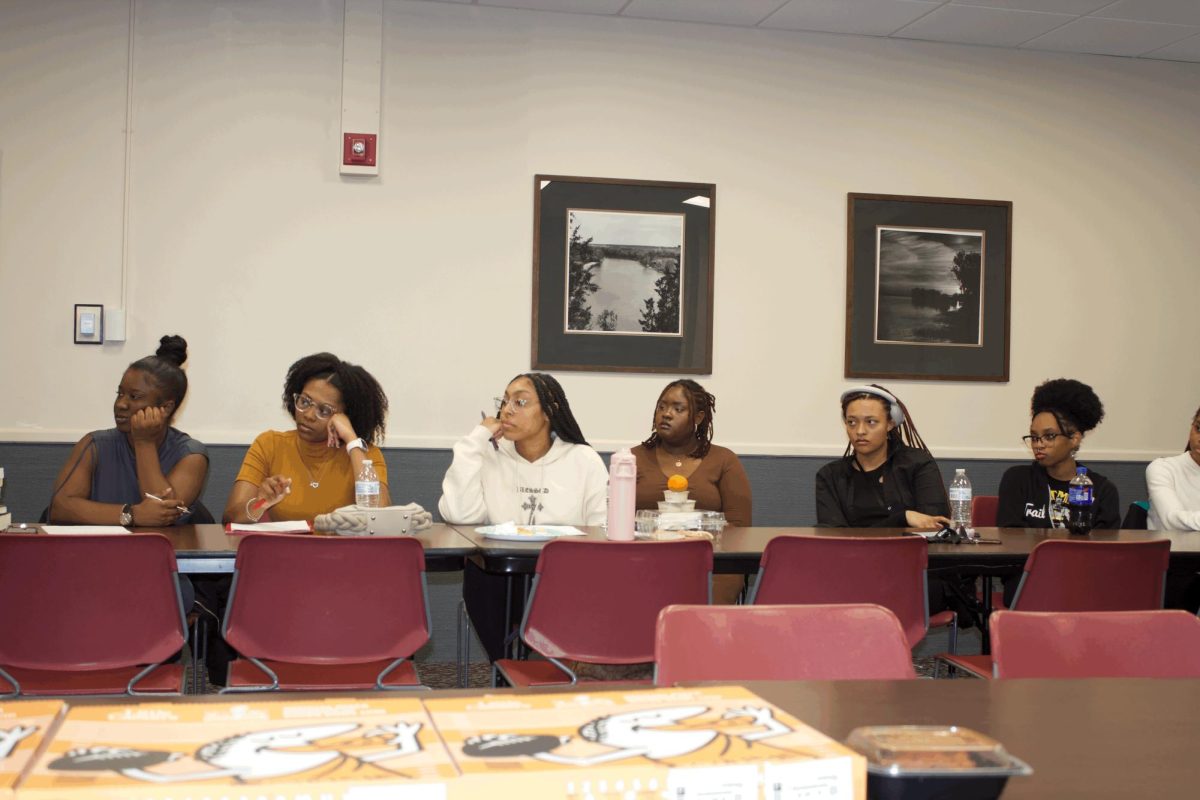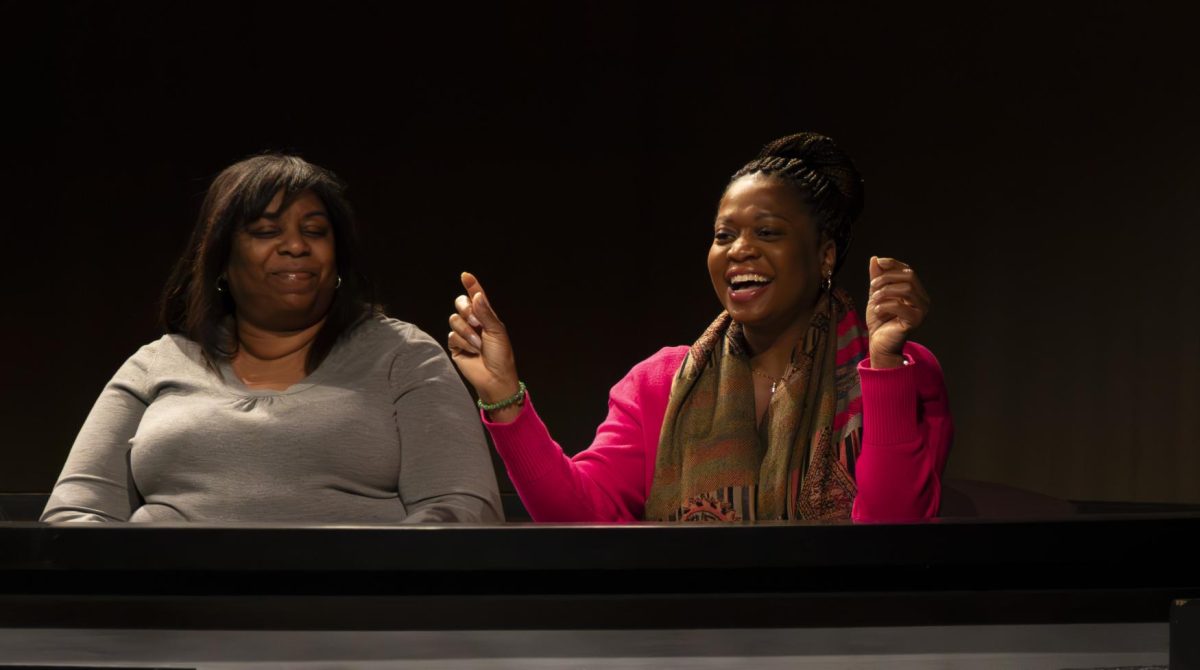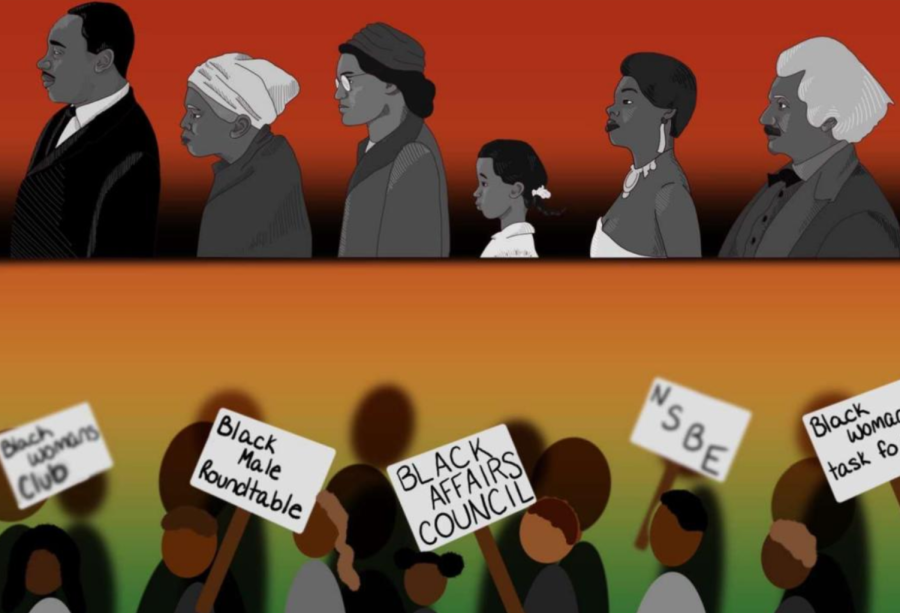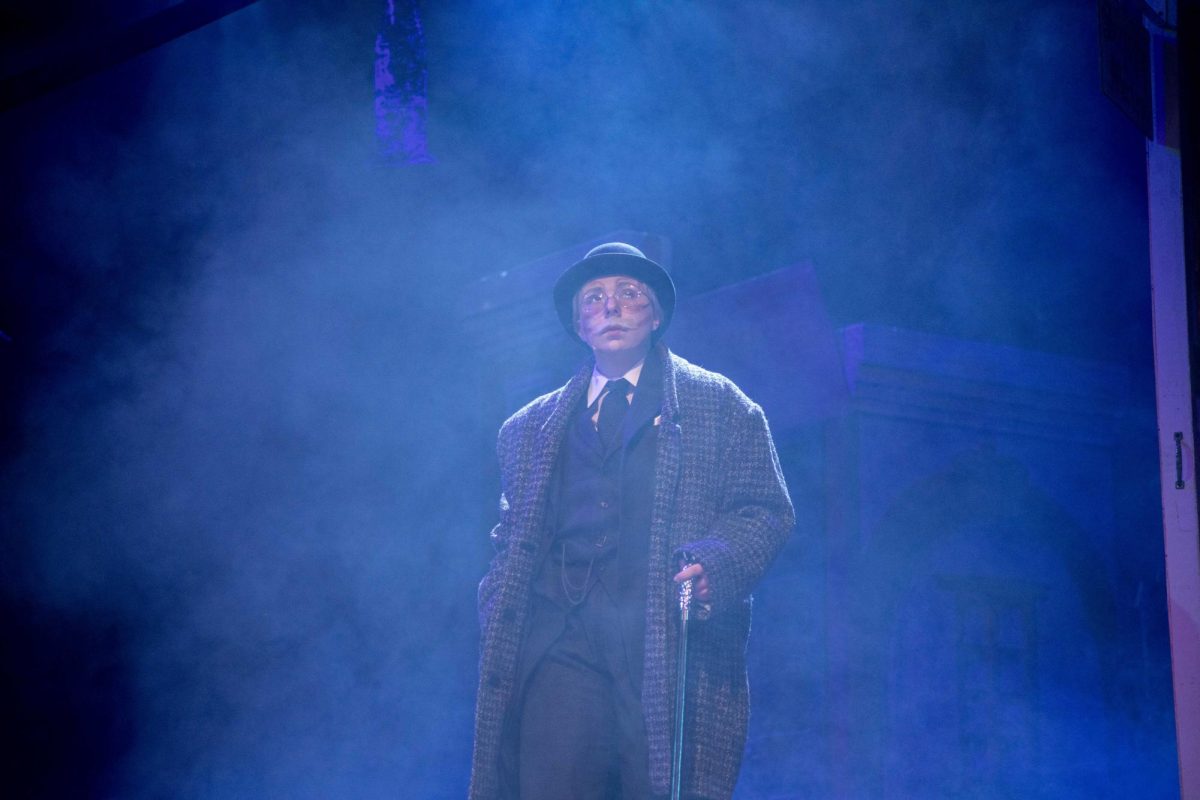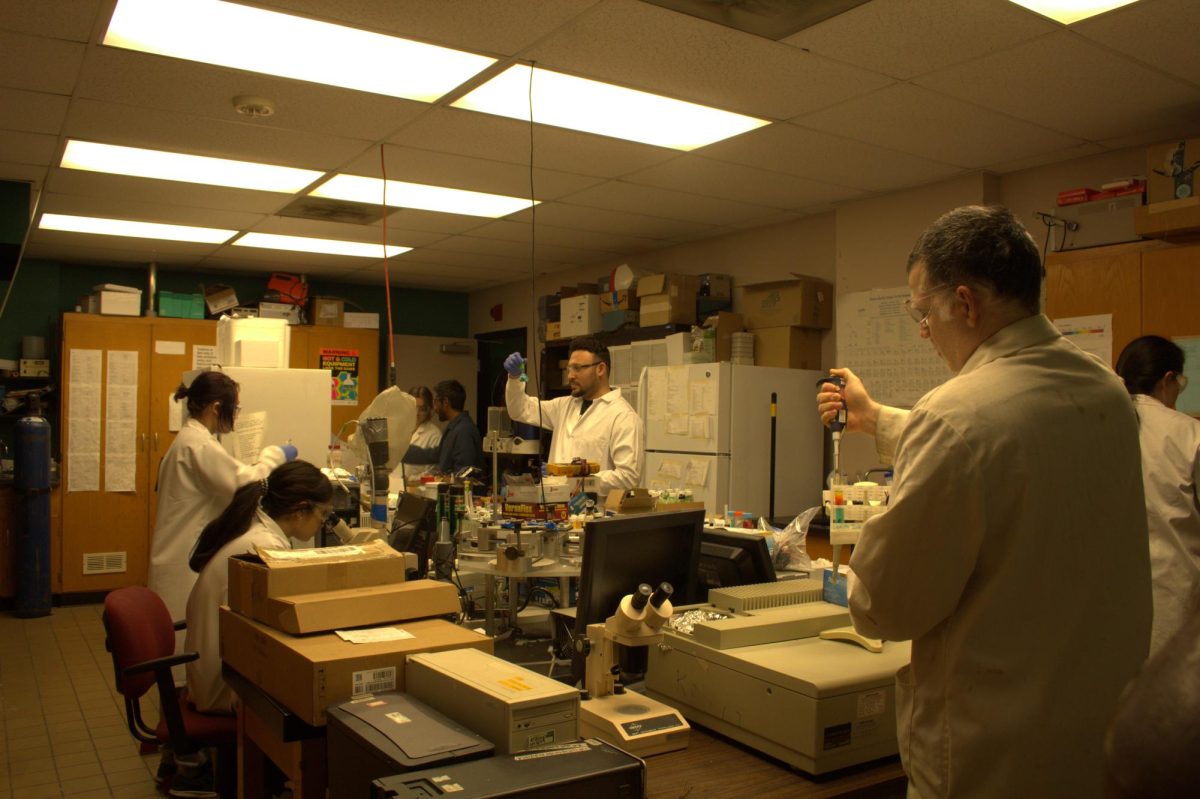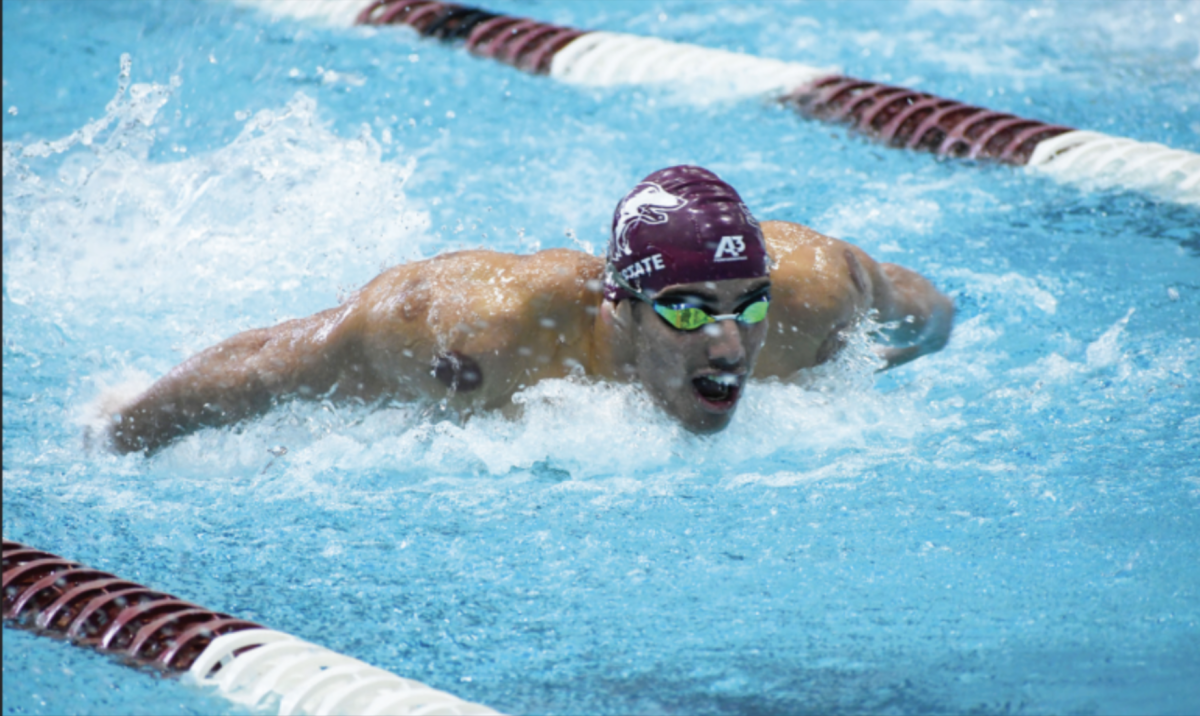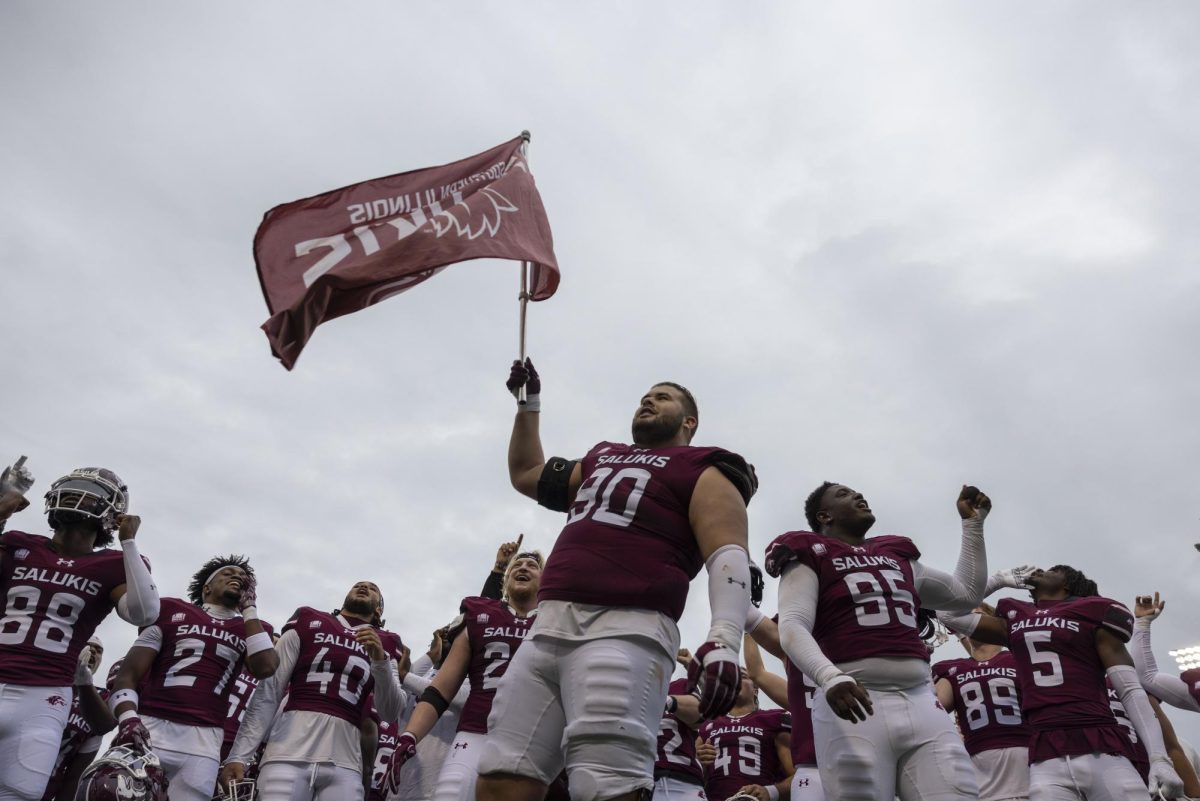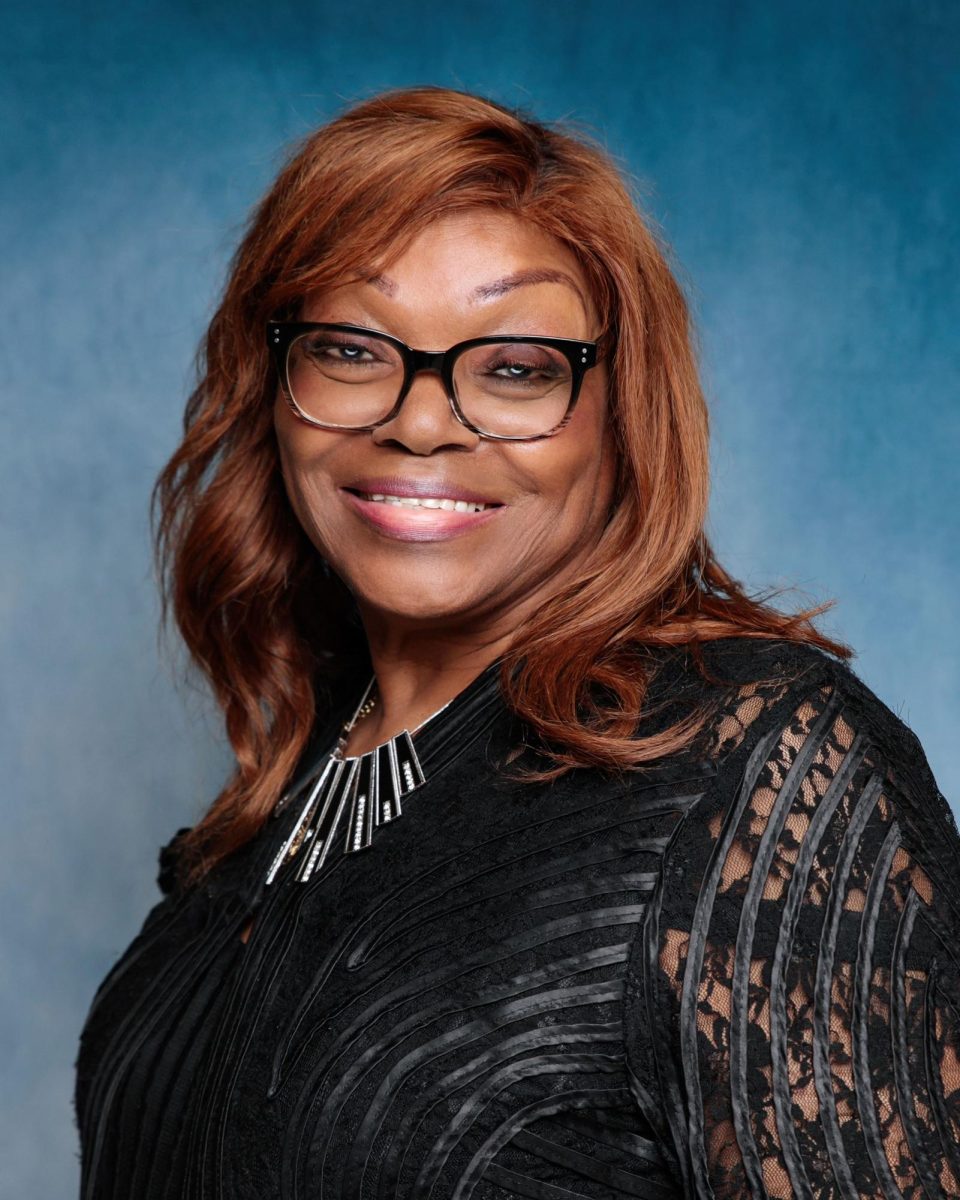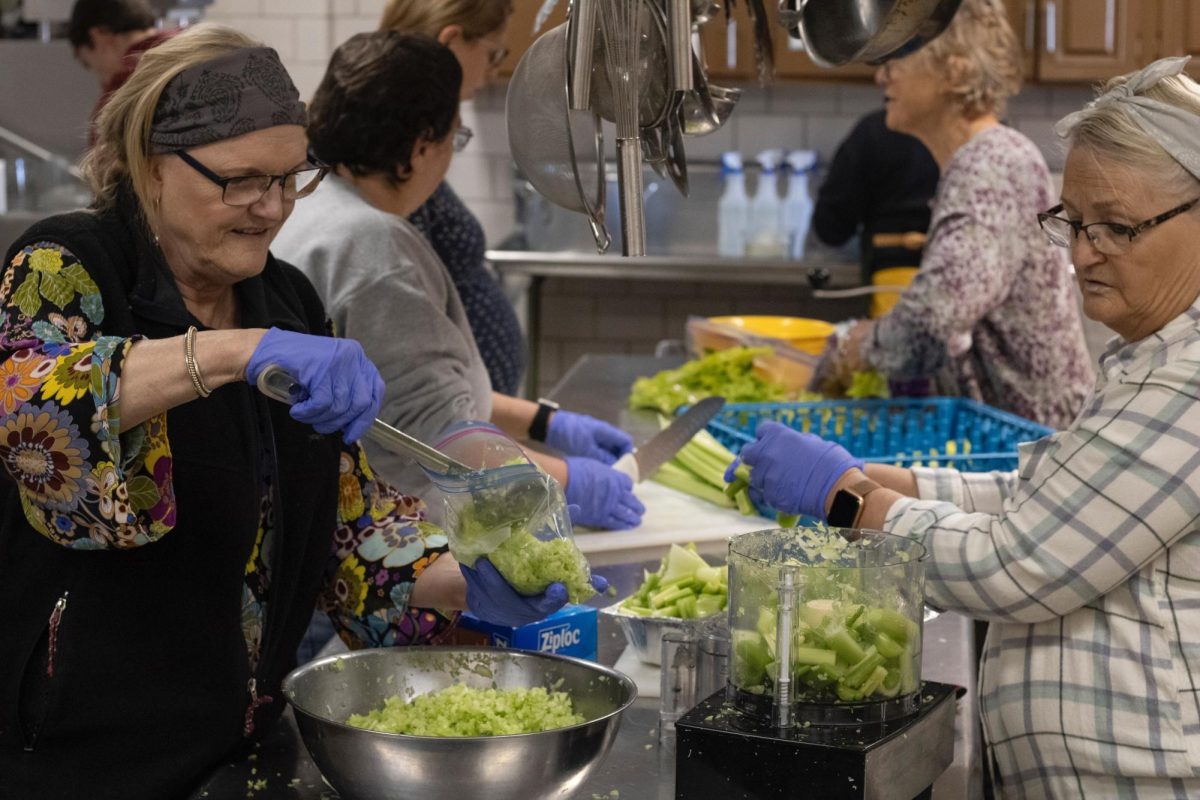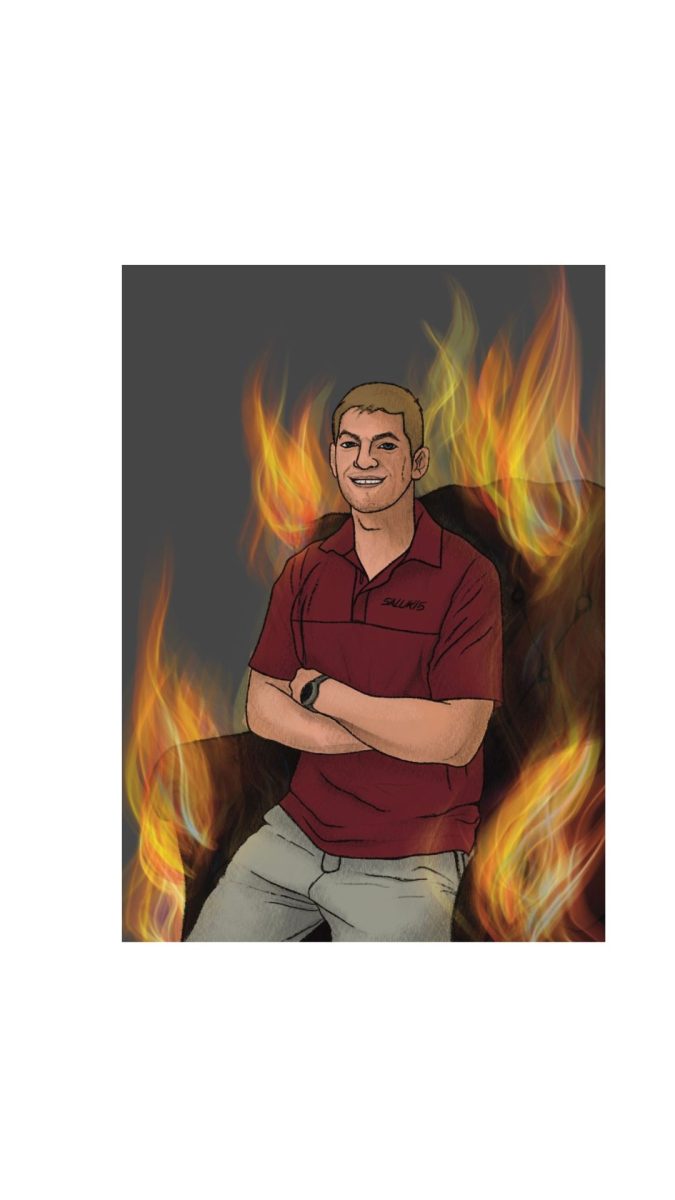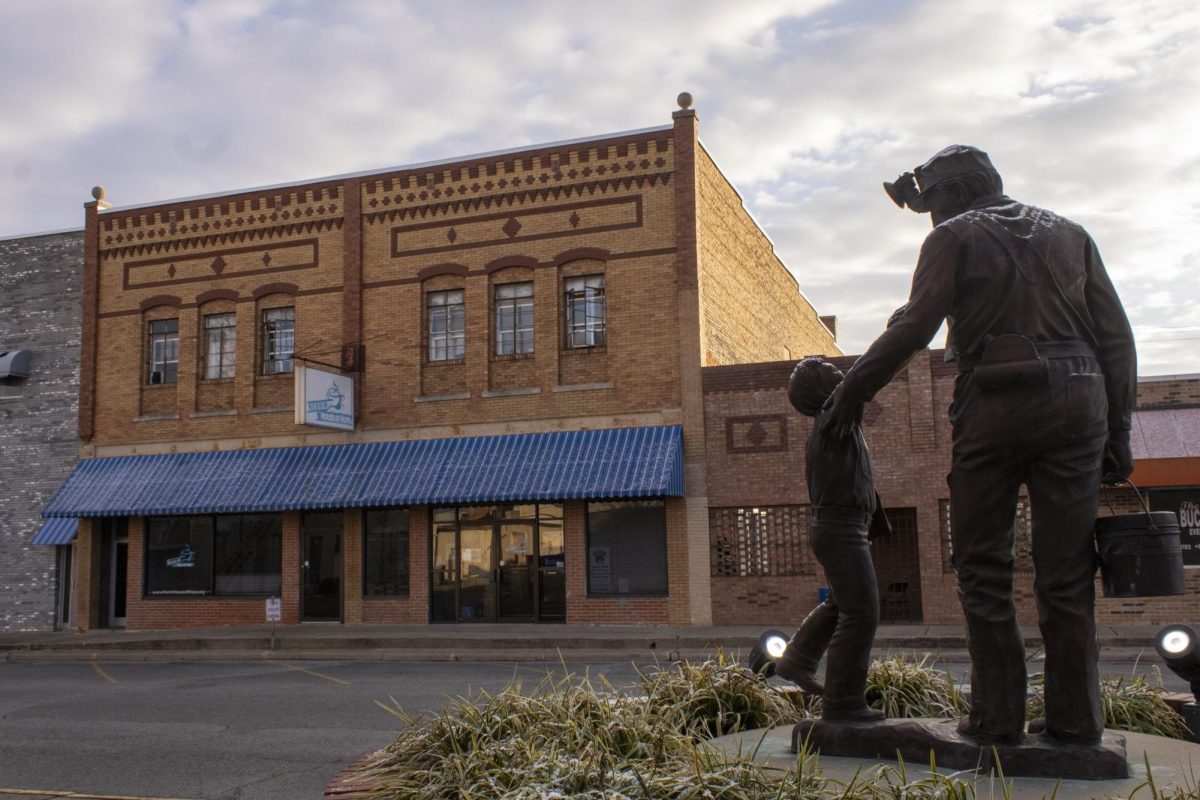Too often, fans only think about the players that are on the team now. What they forget is that there is an entire history of athletes that came before them, paving the way for these current athletes to don the maroon and white.
All of the athletes in this piece are Saluki Hall of Famers, having led excellent athletics careers during their respective times at SIU. All of the athletes are also Black; because it is Black History Month, this piece is meant to again publicize their accomplishments and provide the background for how today’s athletes’ experiences are shaped by those of the past.
It’s important to note that most major sports at SIU were devoid of Black student athletes for much of their early existence, which explains the lack of athletes on this list until the 1950’s.
Advertisement
Harvey Welch broke the color barrier in men’s basketball in 1951, one year after Earl Francis Lloyd did so in the NBA with the Washington Capitols. Welch’s career helped to pave the way for many standout athletes to have standout athletic careers and mold lasting legacies at SIU.
It’s worth noting that Welch and SIU’s first Black quarterback, Bill Norwood, often the most talked about in the conversation, were not the first Black athletes at SIU. Saluki Hall of Famer Eugene Payton, a track star who was also the first Black athlete to be elected as a captain of a sports team, predated both, graduating in 1938.
Black athletes also had an early advocate in Doc Lingle, who according to the SIU Alumni Association began to recruit Black athletes to his track team around 1927. Lingle also pushed to have SIU’s mascot changed to a Saluki, as the previous team name “Maroons” was previously used as a term by the British for slaves who had escaped during their seizing of Jamaica from Spain in 1655.
Another one of Lingle’s athletes made history in 1953. Middle distance runner Dick Gregory was the first Black student athlete to be named Outstanding Athlete of the Year at SIU. Gregory also went on to become a famous comedian and human rights activist during the civil rights era.
The late 1950’s saw the graduation of multiple standout athletes in SIU’s history. 1958 marked the departure of All-American running back Carver Shannon, who won two Gray Cups in the Canadian Football League with the Winnipeg Blue Bombers before signing and spending three seasons with the Los Angeles Rams, who had drafted him in 1959.
Legendary basketball player Seymour Bryson graduated in 1959, but never left SIU. Bryson still holds the career rebounds record with 1,244 in only 100 games. Bryson also set the then-career scoring record.
Arguably, Bryson’s most important contributions to SIU came off the court. Before his retirement in 2008, he rose to the office of Associate Chancellor of Diversity and professor in the SIUC Rehabilitation Institute. According to the Dr. Seymour Bryson Future Scholars Program webpage, Bryson worked on programs supporting affirmative action, increased accessibility and career preparation. He also received, among other things, the School of Social Work Alumni Achievement Award, and has had papers published in multiple academic publications. Bryson’s basketball career is not mentioned in his bio on the page.
Advertisement*
Norwood also graduated in 1959, and like Bryson, Norwood’s biggest achievements came off the field. After a distinguished career in SIU’s ROTC program, Norwood served as a pilot in the Strategic Air Command for six years before being the first Black pilot hired by United Airlines, where he also was the first Black man to achieve the rank of captain. To put a cap on his decorated aviation career, Norwood was inducted into the Illinois Aviation Hall of Fame in 2007.
Norwood’s SIU ties remained strong after his graduation. He served on the Board of Trustees for nearly 30 years, including serving as the chair of the board. Norwood and his wife Molly are also life members of the SIU Alumni Association.
Other Saluki Hall of Fame athletes on the football team at the same time as Norwood include two-way star Willie Brown Jr. and Amos Bullocks, who was drafted by both the NFL’s Dallas Cowboys and then-AFL’s Buffalo Bills. Bullocks still ranks seventh in school history in rushing yards. Tight end Jim Battle switched positions to offensive line in the NFL, where he played for the Minnesota Vikings. Sam Silas, another offensive lineman, was drafted by the then-Boston Patriots and played 8 seasons for teams including the St Louis (football) Cardinals, New York Giants, and San Francisco 49ers. Silas also made one Pro Bowl and an All Pro team.
The early 1960’s men’s track teams are well-represented within the Saluki Hall of Fame. Harold Bardo, who also played basketball, went on to become the director of the SIU School of Medicine MEDPREP program for nearly 30 years. Bob Green won the NCAA 120 meter high-hurdles national championship in 1963. Jim Dupree claimed an NCAA title in the half-mile in 1962 and was also a two-time National AAU champion in the event.
The 1960’s also saw some of the greatest basketball players to ever come through SIU, starting with Charles “Chico” Vaughn. He owns the career scoring record of 2,088 points, and he did so in only 88 games. His career scoring average of 24.6 points per game is the highest in SIU history by over two full points, and his number 20 jersey is one of only two retired in SIU men’s basketball history.
George McNeil led SIU in scoring during the 1965 season, during which he also scored the first ever point in what is now called the Banterra Center. In 1966, McNeil was named an All-American by the United Press International committee.
The other retired jersey belongs to Walt “Clyde” Frazier. He was named one of the 50 Greatest Players in NBA History and was a legend at SIU. His prolific rebounding skills and sheer physical dominance helped to lead SIU to an NIT title, and also helped him win two NBA titles with the New York Knicks. Frazier, who is still a color commentator for the Knicks, was elected to the Naismith Hall of Fame in 1987.
Frazier’s co-star for the NIT championship was Eldo “Dick” Garrett. He averaged 18.1 ppg at SIU before going on to his own successful NBA career, starting with being drafted number 27 overall to the Los Angeles Lakers before spending time with the Buffalo Braves (who would become the LA Clippers), Knicks, and Milwaukee Bucks. Garrett played a total of five years in the NBA.
Several star multi-sport athletes were also present in the 60’s. Chuck Benson, who was a key reserve for the NIT championship run before leading the team in scoring and rebounding during 1967, also excelled in track. Benson was a member of several school record-setting relay teams and also set a then-school record in high jump. Charles Warren, a standout in track and football, went on to be a career administrator in Carbondale schools and park districts.
Distance runner Oscar Moore Jr was one of the more unique inductees. As an untraditional athlete, he was 27 during his first collegiate race and had competed in the 1964 Olympics in the 5000 meter run before claiming multiple NCAA championships in 1967.
Through their vast achievement, all of these athletes helped to shape the early days of integrated SIU athletics and establish SIU as a national brand, an image that would stick well into the future.
This story is the first in a series of Saluki Hall of Fame spotlights.
Sports reporter Ryan Grieser can be reached at [email protected]. To stay up to date on all your southern Illinois news, be sure to follow The Daily Egyptian on Facebook and on X @dailyegyptian.
Advertisement






